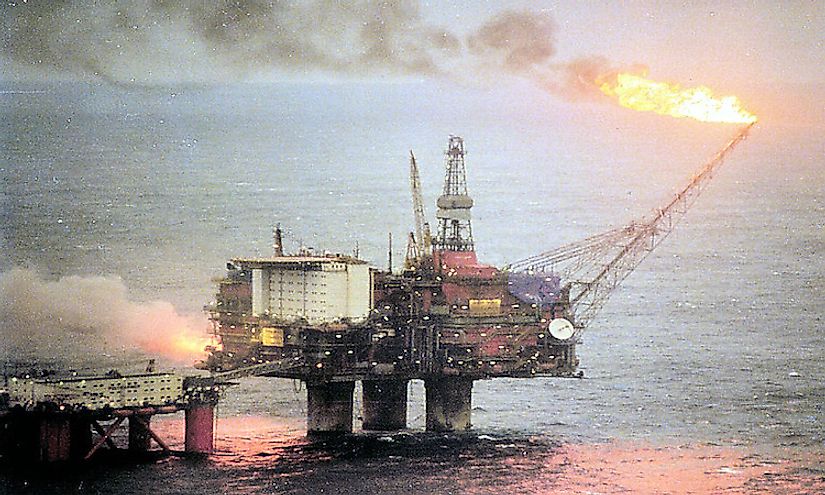The Economy Of Norway

Overview Of The Economy Of Norway
Norway practices a mixed economy with both privately and publicly owned enterprises. Most of the economy is based on natural resource exploitation, including fishing, petroleum, and hydroelectric power.
The Norwegian economy's total gross domestic product (GDP) in 2014 was $499 billion and a 2015 GDP per capita of $70,000. The services industry contributes 52.7% of the GDP, followed by industry (45.1%) and agriculture (2.2%). Of the 2.8 million-person labor force, approximately 76% work in the services sector, 21.1% in the industry sector, and 2.9% in the agriculture sector. Other important sectors in the economy here are food processing, shipbuilding, shipping, chemicals, paper products, metals, timber, and textiles. Norway has a 4.3% unemployment rate. In addition, it has $55 billion in foreign reserves and an AAA Standard & Poor’s credit rating.
Leading Industries Of Norway
Production and exploitation of North Sea oil and natural gas drive the economy of Norway. Profit from these industries finance the country’s manufacturing and welfare systems, including the Government Pension Fund Global. Oil and natural gas exports contribute 17% of the national GDP. The largest oil company in the country is Statoil, two-thirds of which is owned by the government.
Top Export Goods And Partners
Norway exports $149 billion worth of goods annually. Its principal export goods include: crude petroleum ($45.1 billion), petroleum gas ($43.6 billion), refined petroleum ($6.5 billion), non-fillet fresh fish ($4.94 billion), raw aluminum ($3.14 billion). The majority of these exports go to the following countries: the UK ($28 billion), Germany ($26 billion), the Netherlands ($20.8 billion), Sweden ($10.1 billion) and France ($9.1 billion).
Top Import Goods And Partners
This country imports $90.7 billion worth of goods every year. Considering imports and exports, Norway has a positive revenue of $59.1 billion. The majority of its imports are cars ($5.54 billion), refined petroleum ($2.81 billion), computers ($2.06 billion), passenger and cargo ships ($2.03 billion), and nickel mattes ($1.84 billion). The biggest import partners are Sweden ($11.4 billion), Germany ($10.9 billion), China ($8.23 billion), the UK ($5.86 billion), and Denmark ($5.53 billion).
Challenges Faced By The Economy Of Norway
Although the economy of Norway is considered healthy, developed, and growing, it does face some serious challenges. This country has a high cost of living and labor. Most of the labor force is concentrated in the petroleum industry, which places an emphasis on unskilled labor. Because of its reliance on petroleum, once reserves are exhausted Norway will not be able to maintain its high quality of living and economic success. Because of this reliance on nonrenewable resources and unskilled labor, economic growth is vulnerable to any downturns in the global market.
Future Economic Plans
In the 1970’s, the world experienced an increase in oil prices which benefited Norway’s economy. Because of this, the government had no reason to invest in and encourage the growth of private business. Over the last few years, however, both federal and local governments have been working toward increasing private industries that are not focused on petroleum production and exploitation. The principal focus is on the high-technology industry. Public investments have been made in centers of expertise, particularly in cancer biotechnology in Oslo.







